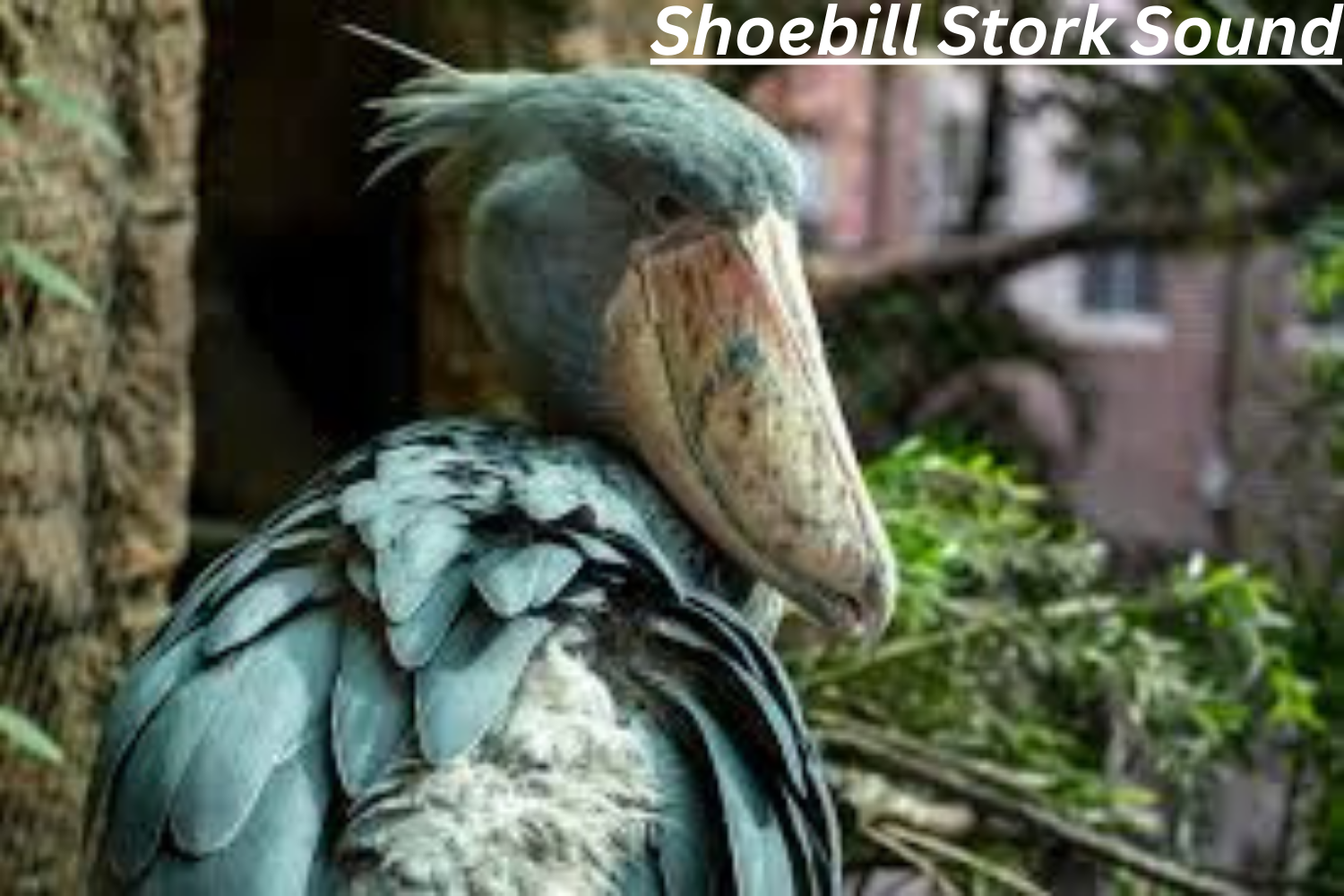Introduction to the Shoebill Stork
Deep within the swamps and wetlands of Africa resides a bird so remarkable, it captivates anyone fortunate enough to encounter it. The Shoebill Stork Sound, with its striking silhouette and formidable bill, is not just a visual marvel; it’s also known for its unique sounds that resonate across its habitat. But what does this rare bird really sound like? From gentle clucks to haunting calls, the Shoebill Stork’s vocalizations are as intriguing as they are elusive. Join us on an exploration into the world of this fascinating creature and uncover the secrets behind its distinctive soundscape.
Why is the Shoebill Stork’s Sound Unique?
The Shoebill Stork boasts a sound that’s as distinctive as its striking appearance. Unlike many birds, which chirp or sing melodiously, the Shoebill emits deep, resonant calls that can echo through the swamps of Africa.
One reason for this uniqueness lies in its physical structure. The stork has an unusually large bill and vocal cords designed to create low-frequency sounds. These calls serve various functions, from attracting mates to asserting territory.
Moreover, the sounds often mimic other wildlife in their habitat. This adaptability enhances communication within their environment while adding an unexpected layer to their vocal repertoire.
Listeners might describe the noises as grunts or even roars—far from what one would expect from a bird! Such unusual auditory characteristics make it not just rare visually but audibly captivating too.
Attempts to Record the Shoebill Stork’s Sound
Recording the Shoebill Stork’s sound has proven to be a challenging endeavor. This elusive bird resides primarily in the marshes of central Africa, making it difficult for researchers to access its habitat.
Wildlife photographers and ornithologists have embarked on numerous expeditions. They set up hidden cameras and audio equipment, hoping to capture this magnificent bird in action. Patience is key when dealing with such rare creatures.
Despite their efforts, clear recordings remain scarce. The Shoebill’s vocalizations are often described as deep grunts or booming calls that resonate through the wetlands. However, getting close enough to hear these sounds can take days of waiting silently.
Some enthusiasts have even resorted to using drones for aerial observations. These modern tools offer a new perspective but still don’t guarantee capturing those unique calls that define the Shoebill Stork’s presence in its natural environment.
What Does the Shoebill Stork Really Sound Like?
The Shoebill Stork produces a sound that is as enigmatic as its appearance. Often described as a deep, resonant “boom,” this unique call can echo through the wetlands of Africa where it resides.
Listeners often compare it to the sound of a distant thunderclap or even the low growl of an angry bear. It’s not what you would expect from such an impressive bird with striking features.
In addition to booming calls, they produce other sounds like soft croaks and rattles during mating rituals or territorial displays. Each vocalization serves a purpose in their communication strategy.
Most fascinating is how these sounds resonate across vast distances, ensuring that other storks can hear them amidst dense marshlands filled with competing noise from insects and frogs. The rich auditory landscape contributes significantly to their social interactions and survival strategies.
The Importance of Studying and Preserving Rare Bird Sounds
Rare bird sounds are more than just intriguing auditory experiences; they hold vital information about species health and behavior. These unique calls can signify a bird’s mating rituals, territorial claims, or even stress due to environmental changes.
Studying these sounds helps researchers monitor populations and identify shifts in ecosystems. As habitats diminish, understanding how birds communicate becomes increasingly crucial for conservation efforts.
Preserving recordings of rare bird calls creates an invaluable archive that future generations can study. It offers insights into biodiversity and the impacts of climate change on avian life.
Moreover, sharing these sounds raises awareness about the importance of protecting fragile ecosystems. The more people hear the beauty of a Shoebill Stork’s call, for example, the greater their appreciation may be for its habitat preservation. Engaging communities through sound fosters a deeper connection with nature and promotes proactive conservation measures.
Conclusion
The Shoebill Stork is a captivating creature that intrigues bird lovers and researchers alike. Its unique sound adds to the mystique surrounding this rare bird. Understanding what the Shoebill’s call sounds like not only enriches our knowledge of avian communication but also emphasizes the importance of conserving their habitat.
Recording these elusive sounds provides invaluable data for scientists studying their behavior and ecology. Protecting such rare species ensures that future generations can experience the wonders they offer, both visually and audibly.
As we learn more about the Shoebill Stork, we reinforce our commitment to wildlife conservation. This remarkable bird reminds us of nature’s diversity and complexity—an irreplaceable part of our planet’s ecosystem waiting to be heard.

